Contents
Guide
SIMPLE
SOUS VIDE
200 MODERN RECIPES MADE EASY
JASON LOGSDON

The author and publisher have provided this e-book to you for your personal use only. You may not make this e-book publicly available in any way.
Copyright infringement is against the law. If you believe the copy of this e-book you are reading infringes on the authors copyright, please notify the publisher at: http://us.macmillanusa.com/piracy. For Mom and Dad,
Thanks for helping me get
to where I am today. Love,
Jason
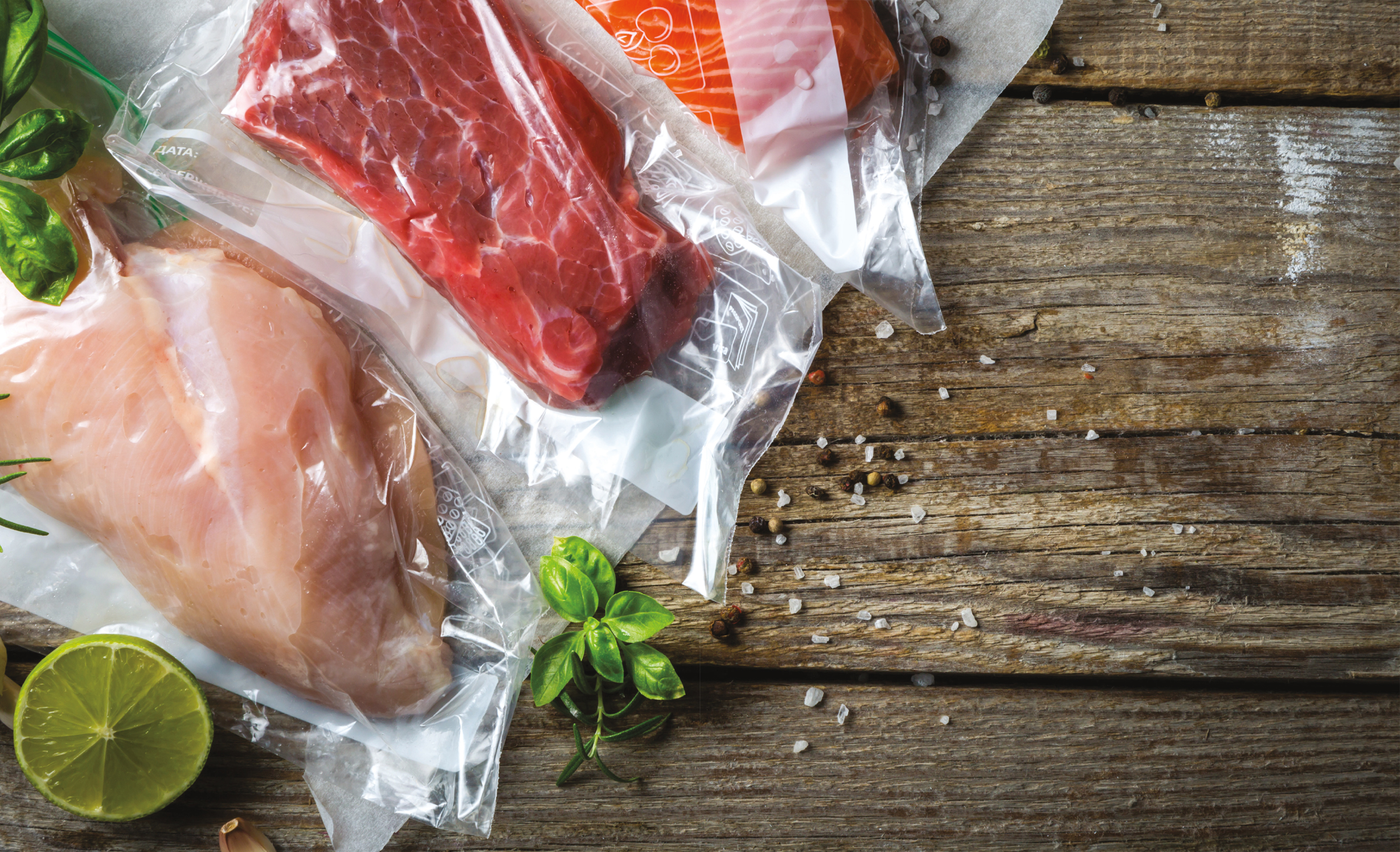
Sous vide is becoming more and more popular, and for good reason. Its a convenient method of cooking that results in perfectly cooked food almost every time.
Most sous vide preparations follow the same general process. The first step is to prepare your food by trimming it, shaping it, and seasoning it. This is very similar to most traditional cooking methods. You can use many of the same seasonings with sous vide, including spice rubs, many herbs, and salt and pepper. Some people omit the salt and pepper for longer cooking times, but I tend to always use it before sous viding food. The only seasonings to stay away from are aromatics like raw garlic and onion since they will not break down during the lower temperatures used for meat.
The second step is to determine the time and temperature at which you want to cook your food. This information should be given in a sous vide recipe, or you can learn to figure it out using the explanations I give later in this book. Once the time and temperature are determined, you then heat water to that temperature, usually using a sous vide machine. The next step is to seal your food in plastic. This is done with either a vacuum sealer or by using Ziploc brand freezer bags. Once sealed, the bags are placed in the heated water and cooked for the desired amount of time.
After the sous vide cooking is done, the food is removed from the bags, patted dry, then quickly seared to give it a flavorful crust. At that point it is ready to be finished off with any sauces or sides before serving to friends and family. Thats all that there is to the sous vide process, though I will take you through some of the specifics in the rest of the book.
SAFETY
Sous vide is a new method of cooking and of thinking about cooking, so there has been a lot of focus on how to safely use it. While it seems there are special safety concerns with sous vide, almost all these concerns apply to traditional cooking as well; most people just dont follow them in their daily cooking.
Danger Zone
In my opinion, the most important piece of cooking-safety knowledge is to understand how bacteria and other pathogens react to temperature.
Danger Zone
In my opinion, the most important piece of cooking-safety knowledge is to understand how bacteria and other pathogens react to temperature.
The bacteria we are concerned with generally thrive from around 40F (4.4C) to 126F (52.2C). They stop growing, but dont really start dying quickly until around 130F (54.4C). This temperature range of 40F (4.4C) to 126F (52.2C) is often called the danger zone, and most food scientists recommend making sure that food is only in this span for no more than 2 to 4 hours. Some government recommendations suggest that 140F (60C) should be the upper limit of the danger zone, but this is based on a built-in level of error for restaurants not on the actual growth and death of the pathogens. If you want to be safe using sous vide, or almost any type of cooking, just remember that food shouldnt be held at temperatures between 40F (4.4C) and 130F (54.4C) for more than a few hours. Cooking meat at lower than 125F (51.2C) is basically the equivalent of letting it sit for several hours on your counter.
Its fine for a little while, but after that it starts to get dangerous.
Safety is More Than Temperature
One of the most common misconceptions in cooking is that temperature equals safety. People have been taught that pork or chicken has to be cooked to a certain temperature to be safe. This is really only half the story; the missing component in this equation is time. A piece of raw chicken heated to 140F (60C) and held at this temperature for 30 minutes is actually just as safe as one heated to 165F (73.8C). The reason the government suggests such a high temperature is that the pathogens are killed instantly at that temperature, but the same levels of pasteurization (killing of the unsafe bacteria) occur at much lower temperatures when the food is held there over longer periods of time.
Using sous vide allows you to take advantage of this, and, as we explore later, this ability to cook food at lower temperatures results in much moister food. The pasteurization time and temperature recommendations in this book are based on reducing the amount of dangerous pathogens to acceptable levels. The US Government suggests these recommendations should kill all but one in one million, or one in ten million, of the pathogens, depending on the pathogen type.
Plastic Safety
A big concern that is fairly unique to sous vide is whether or not cooking in plastic is safe. In this matter I turn to the experts, and almost all food scientists have stated that food-safe, BPA-free plastic does not pose any risk at low temperatures. If you have concerns, I highly recommend you read the associated literature and make your own informed conclusions.
Safety is a pretty big subject, so for a more detailed look at the topics, including links to several experts discussions of the danger zone and of pasteurization, you can view my safety article on AFMEasy.com/SSafety.
TIME
Time is the first of the two main components of sous vide cooking. Time comes into play in several diverse ways during the cooking process, but the length of time you apply heat to your food will accomplish the following three things:
Heats the Food
The simplest way to cook food is to apply heat to it just long enough for it to get to a pleasant temperature. This is how we usually cook steak and tender vegetables. Knowing how long it takes to heat your food is very important, especially in traditional cooking, since keeping your steak on the grill for too long results in overcooking. The process of proper heating becomes much easier with sous vide because the food is cooked at the temperature at which you want to eat it, so there is no worry about overcooking.
This gives you a much wider range of time within which the food will remain perfectly cooked. In fact, you will see that almost all the recipes in this book have a range noted for the sous vide cooking time, and within this range the food will always taste great. A tender cut of beef, pork, or lamb that is being sous vided will heat through in a set amount of time. A general guide is that out of the refrigerator, a 1-inch-thick piece will heat through in 1 hour and 15 minutes, a 1-inch-thick piece in 2 hours and 20 minutes, and a 2-inch-thick piece in 3 hours and 35 minutes. If the meat is frozen, you can increase the times by about 50 percent.
Makes the Food Safe
As discussed in the safety section, another huge consideration of time that most people dont realize is that the cooking time makes the food safe to eat.

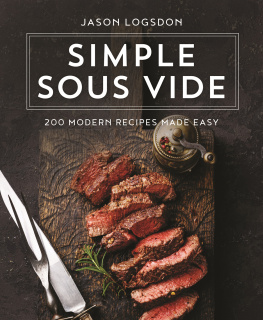
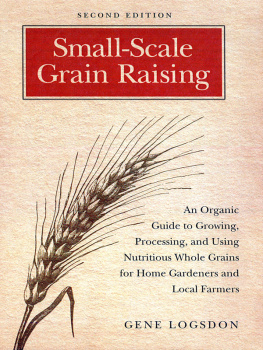
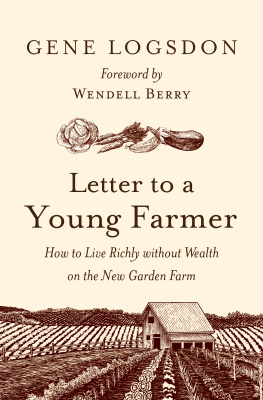
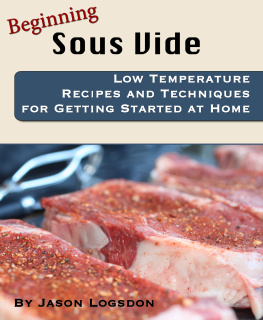
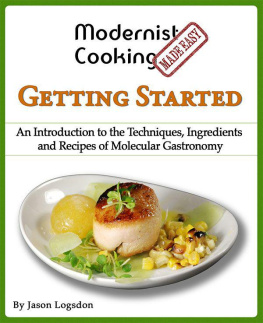
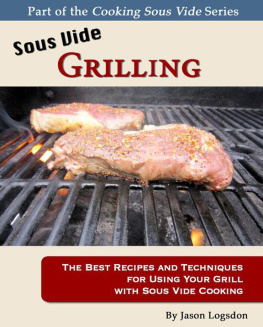

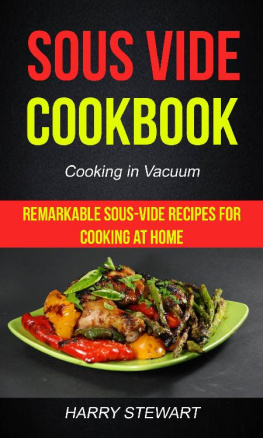
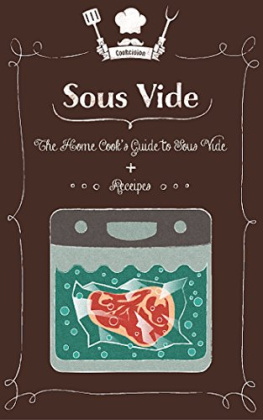
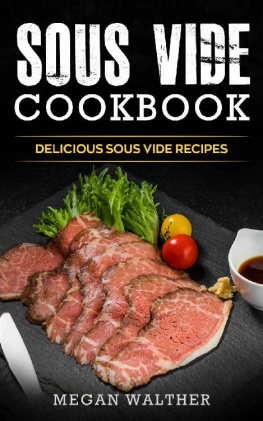

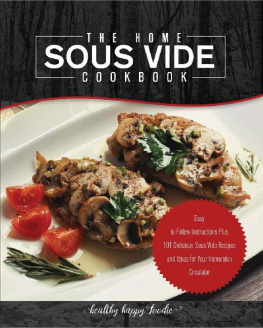

 The author and publisher have provided this e-book to you for your personal use only. You may not make this e-book publicly available in any way. Copyright infringement is against the law. If you believe the copy of this e-book you are reading infringes on the authors copyright, please notify the publisher at: http://us.macmillanusa.com/piracy. For Mom and Dad,
The author and publisher have provided this e-book to you for your personal use only. You may not make this e-book publicly available in any way. Copyright infringement is against the law. If you believe the copy of this e-book you are reading infringes on the authors copyright, please notify the publisher at: http://us.macmillanusa.com/piracy. For Mom and Dad, Sous vide is becoming more and more popular, and for good reason. Its a convenient method of cooking that results in perfectly cooked food almost every time.
Sous vide is becoming more and more popular, and for good reason. Its a convenient method of cooking that results in perfectly cooked food almost every time.